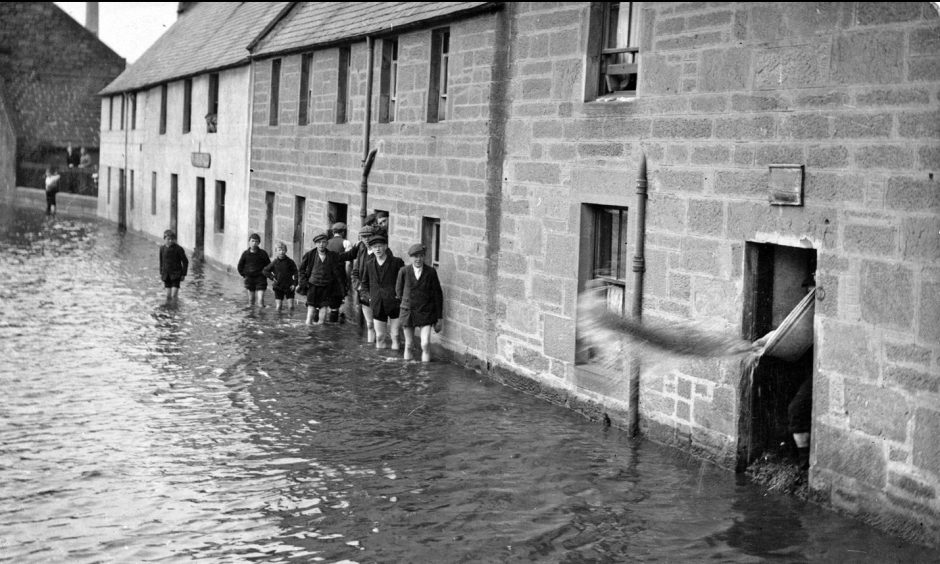
These evocative images of Brechin offer a nostalgic glimpse of what life was like in the Angus town in the black and white era.
Vanished views, changed landscapes and departed characters are captured.
They reveal faces and places going back to the early 20th Century and up to the 1960s.
John Alexander’s name on any book is a guarantee of meticulous research and Bygone Brechin is a treasure trove of delightful snippets of information.
The 48-page book from Stenlake Publishing charts the changes that have taken place through the ages using black and white photographs.
Many of the businesses are now gone and the roads look very different these days.
Although, not everything has altered over time.
When the South Esk was an ‘unstoppable force’
Photographs of ground-floor flats in River Street being flooded with water during heavy rain in May 1913 are proof that history repeats itself.
John said: “Rivers rose and kept on rising as water running off the hills swelled the main channels into roaring torrents.
“Out in the countryside the South Esk swept sheep and newly-born lambs from the fields, carrying them downstream.
“In Brechin, the river rose many feet above its normal level and didn’t just overtop its banks, it poured over them as an unstoppable force inundating the lower part of the town.
“Hopes that the water would recede as quickly as it had risen were soon dispelled as the raging brown river kept on rising to reach its highest level for over 40 years, causing part of a protective wall at the bridge to collapse.”
The book includes many rare images that have not been seen before.
Gellatly’s bakers
John said: “These delivery vans belonging to Gellatly’s bakers and confectioners, one of Brechin’s longest-lasting businesses, were photographed in 1963.”
Gellatly’s sold things like shortbread, gingerbread, cherry cake, cheese and biscuits with the motto: “Don’t spoil your party by buying inferior goods”.
Deal at Gellatly’s and save money was another of the firm’s catchphrases.
Bishop’s Close
John said: “Running between the cathedral and High Street is Bishop’s Close.
“Old walls built into the pend at the mouth of the close are thought to have been part of the surrounds of the former bishop’s palace.
“That had long gone by the early 20th Century and been replaced by the glorious jumble of structures shown in this picture.”
High Street
John said: “Prominent on the right is Norman Anderson’s Stationery Warehouse, a successor to the Bazaar run by D.B. Mackie, who traded in a similar range of merchandise.
“On the uphill side of the shop, J.T. Robertson was a draper while the striped pole on the right hand edge of the picture denotes J. Smith’s barber’s business.”
King’s Cinema
David said: “The gap site in the foreground of this mid-20th Century picture has been utilised as an access point for the Skinners Burn walkway.
“Opposite is the chunky frontage to the King’s Cinema, built in 1926 and a centre of popular entertainment for many years thereafter.
“It replaced earlier buildings, but by good fortune some of High Street’s older buildings survived into an era that saw value in historical structures.
“Further up the street, but out of picture on the left, is a former merchant’s house that had become seriously dilapidated before a campaign was mounted to save it.”
Mercat cross
David said: “The symbol of Brechin’s market town status, the mercat cross, formerly stood at the broad intersection of High Street and Church Street.
“It had been taken down before 1789 when the Town House, seen here on the left, was built with its distinctive first-floor window and birdcage bell-cot.
“As its days of civic importance slipped into history, the upper building was used for a variety of purposes, while the ground floor was occupied by William Low’s grocery store and, more recently, a museum.
“Some fine buildings facing the Town House, with their gable ends fronting the street, can be seen very obliquely on the right of the picture.
“In the foreground of these is Stratton’s tobacconist’s shop and a couple of doors higher up the street, Walter Hutton’s baker’s shop and City Restaurant where customers could avail themselves of ‘Real Forfar Bridies and Pies’.”
St Ninian’s Square
David said: “Across the background is the public library erected in 1891-93 to designs by architect James McLellan Fairley.
“In the foreground is an ornate drinking fountain made by sculptor John Rhind.
“An extraordinary sundial made by local mason James Tosh, that tells the time in 25 locations, sits in front of the library.”
Pay the piper
John said: “Marching up High Street could be hard work, which may explain why none of the pipers are actually playing in this picture from the 1950s.”
Caledonian Railway
John said: “A tank locomotive is seen here standing outside the small local engine shed in 1936.
“She was built at the Caledonian Railway’s huge engineering works at St Rollox in Glasgow and entered service in November 1907.
“Her Caledonian number was 422, but when the LMS took over they gave her the number 15190 and British Railways would have given her the number 55190, but scrapped her instead.
“She had been in service for 40 years, testimony perhaps to her designer, the Caledonian’s locomotive superintendent John Farquharson McIntosh.”
Denburn Works
John said: “Initially weavers worked on their own handlooms but by the mid-19th Century factories were being established, one of which was the large Denburn Works of D&R Duke situated at the southern end of Southesk Street, on the corner with Montrose Street.
“It is seen here in 1921 looking along Montrose Street toward the town centre.
“The Denburn Works ceased production in 1982 with the main part of the building later converted for housing.”
River Street
John said: “A gaggle of children has gathered for the photographer who took this picture of River Street leading down from Witchden Road in or before 1904.
“There are not many shops in evidence, although the street did host quite a number including a boot and shoemaker, a dressmaker and milliner, dealers in bicycles, glass and china and a couple of grocers, one of whom styled himself as a potato merchant.
“This was an industrial area where Brechin’s first co-operative society was formed, the Upper and Nether Tenements Association – River Street was formerly known as the Nether Tenements.”
Swan Street
John said: “The practice of wheeling a barrow along Swan Street had apparently not died out by the mid-1920s, when this picture was taken, even though cars were more numerous.
“The view looks along the street from the High Street corner with, on the right, a distinctive gabled building of about 1815.
“Further along the street were some big shops: Mrs Birse’s ladies and gents clothier and hatter, another draper J.C. Robertson, seed merchant David Small, and Ferguson and Hood’s ironmongery and oil merchants business – the oil being paraffin.
“Hairdresser and tobacconist David Spence sold his ‘far-framed Dalhousie Mixture’ pipe tobacco at his shop.”
- Bygone Brechin from Stenlake Publishing is on sale now priced £11.95.
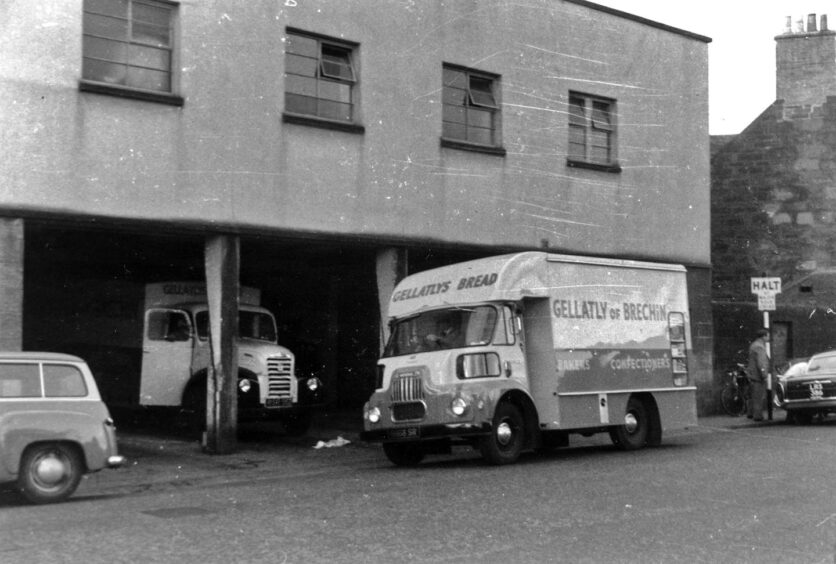
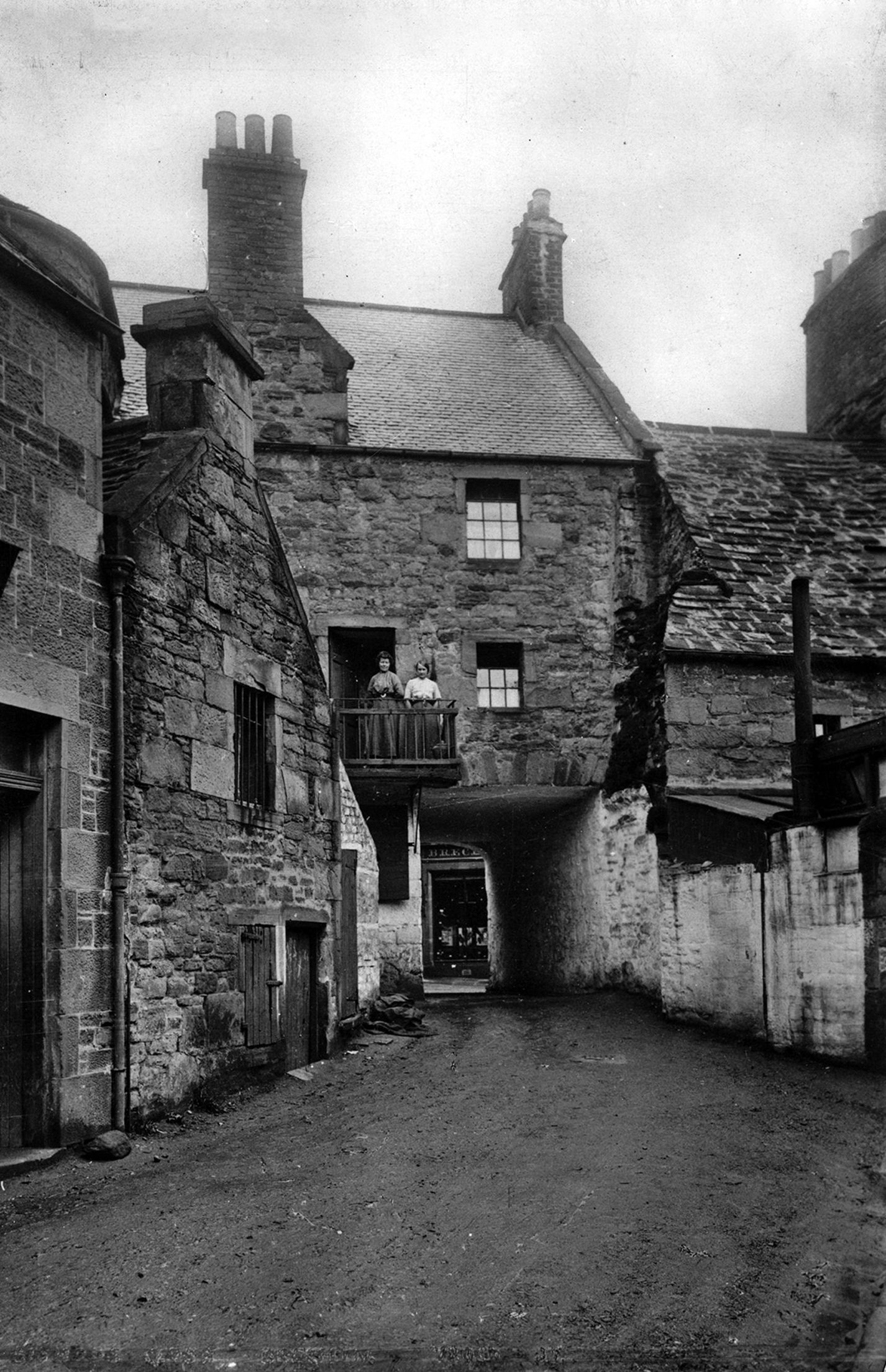
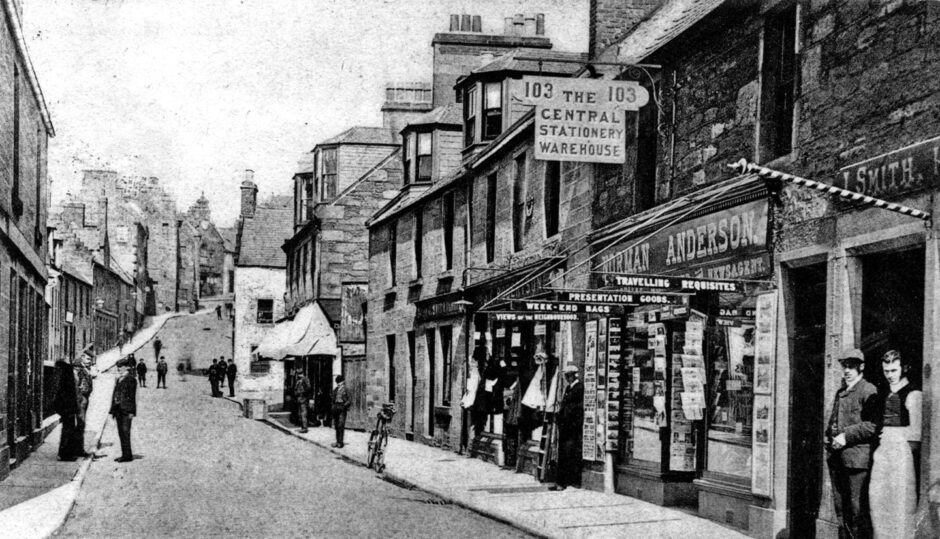
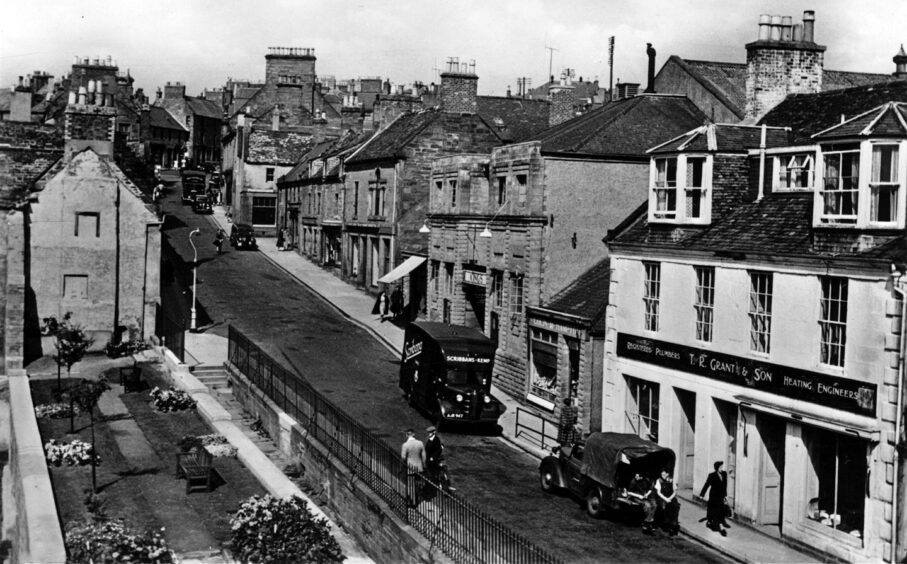
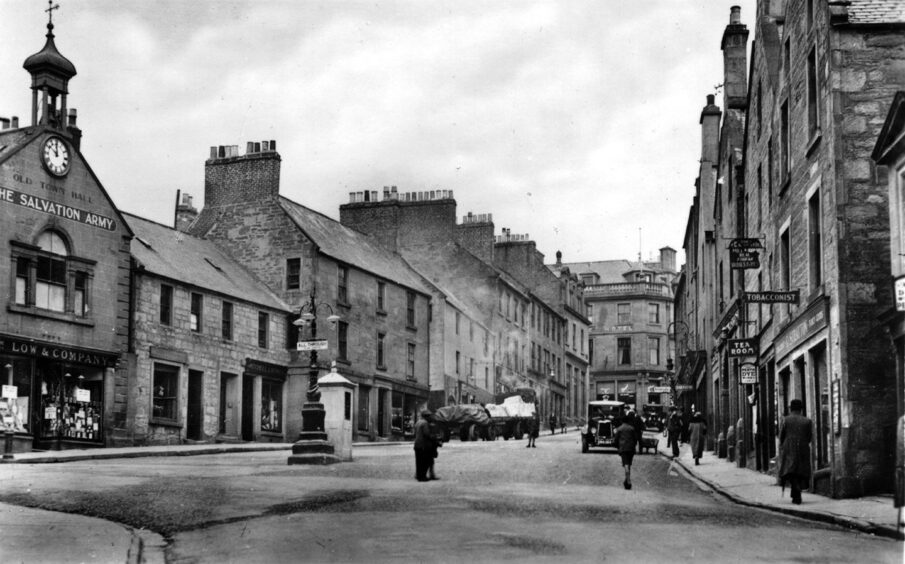
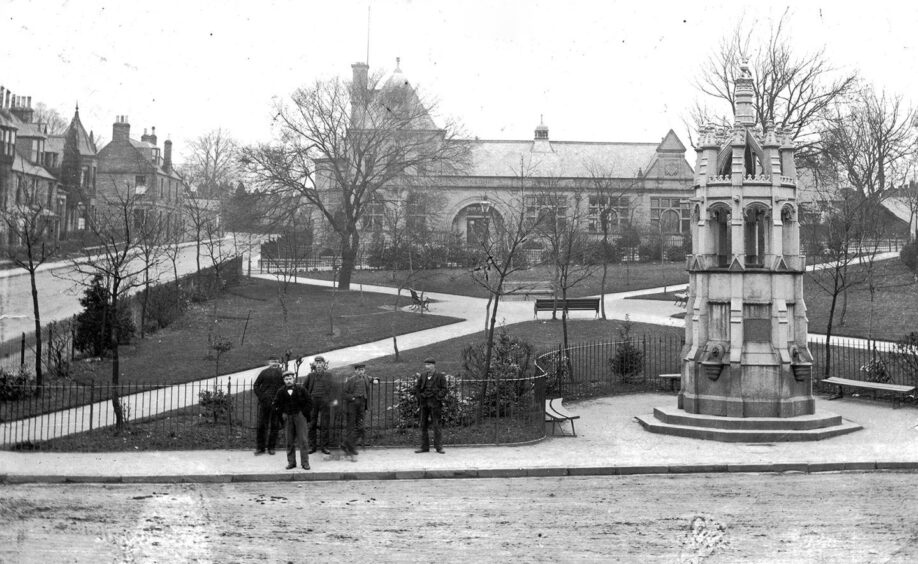
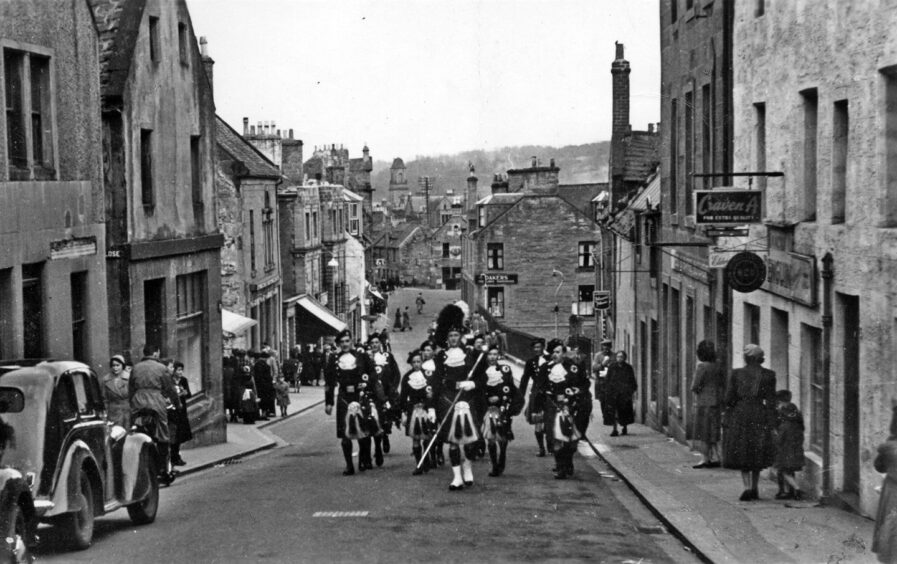
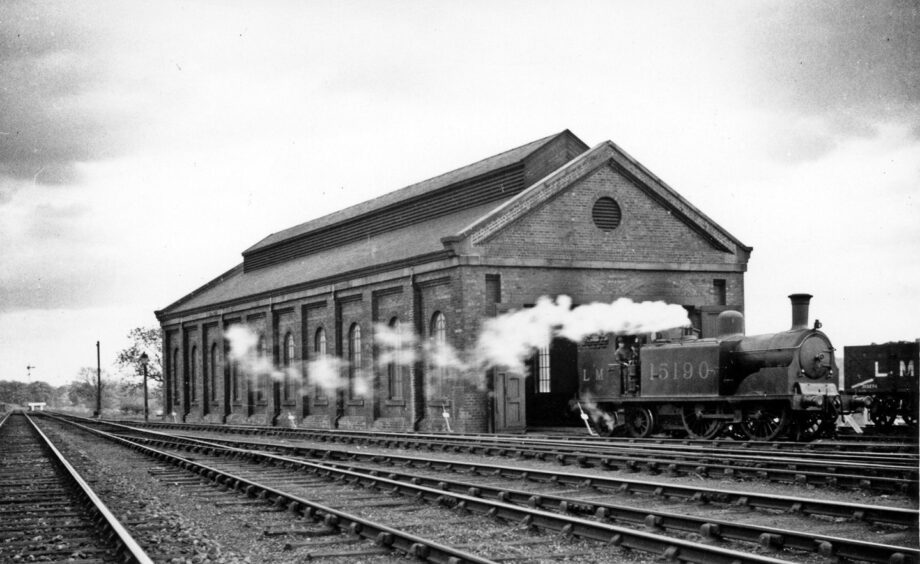
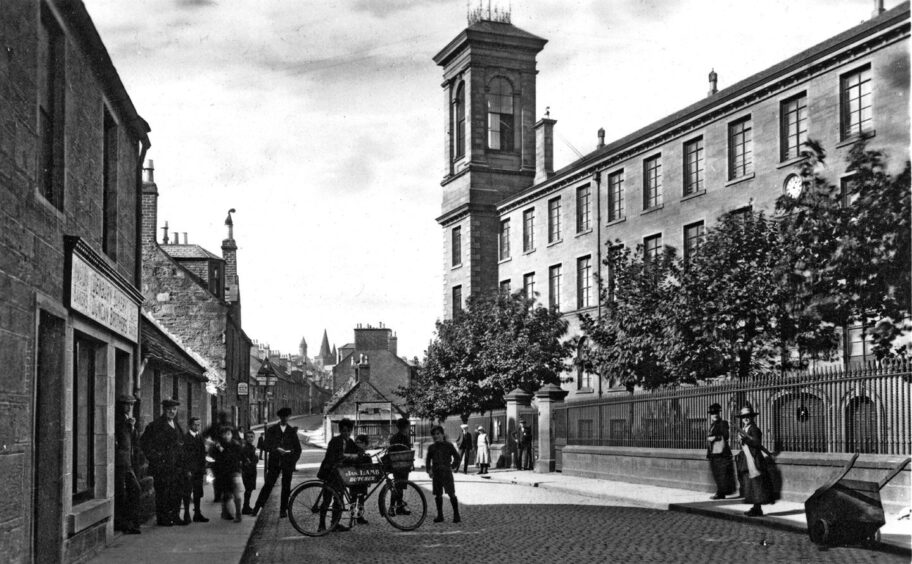
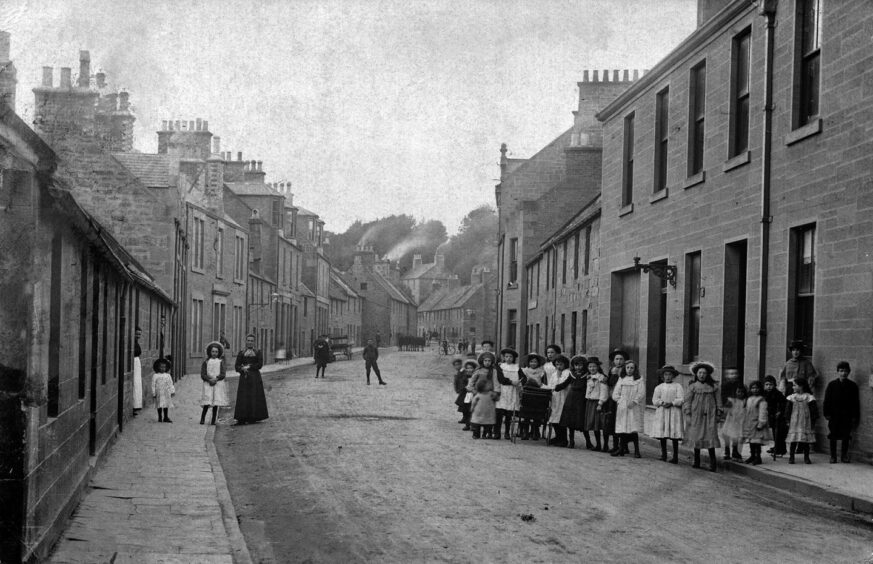
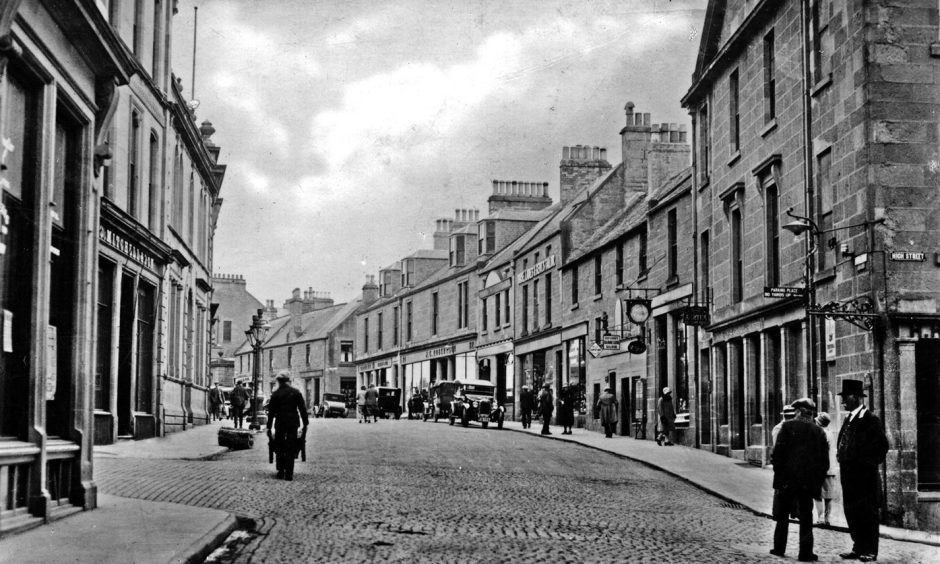










Conversation